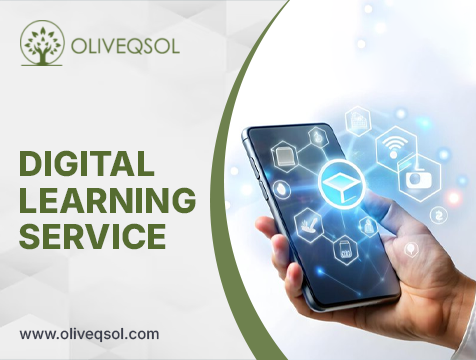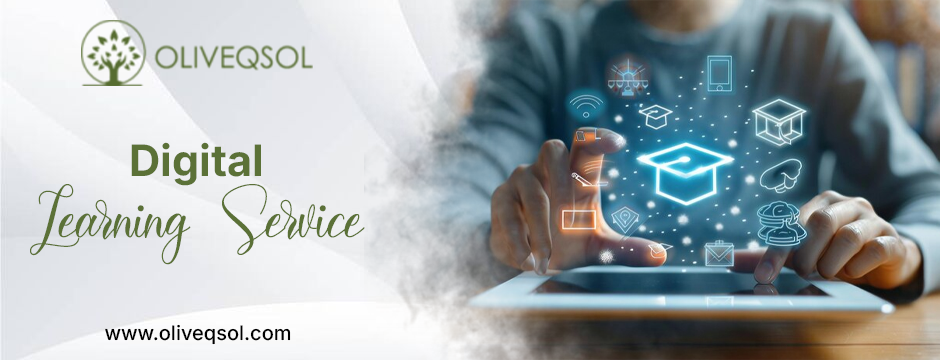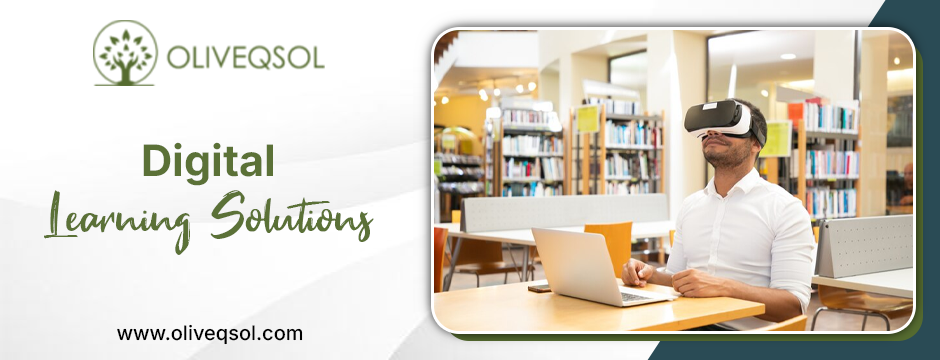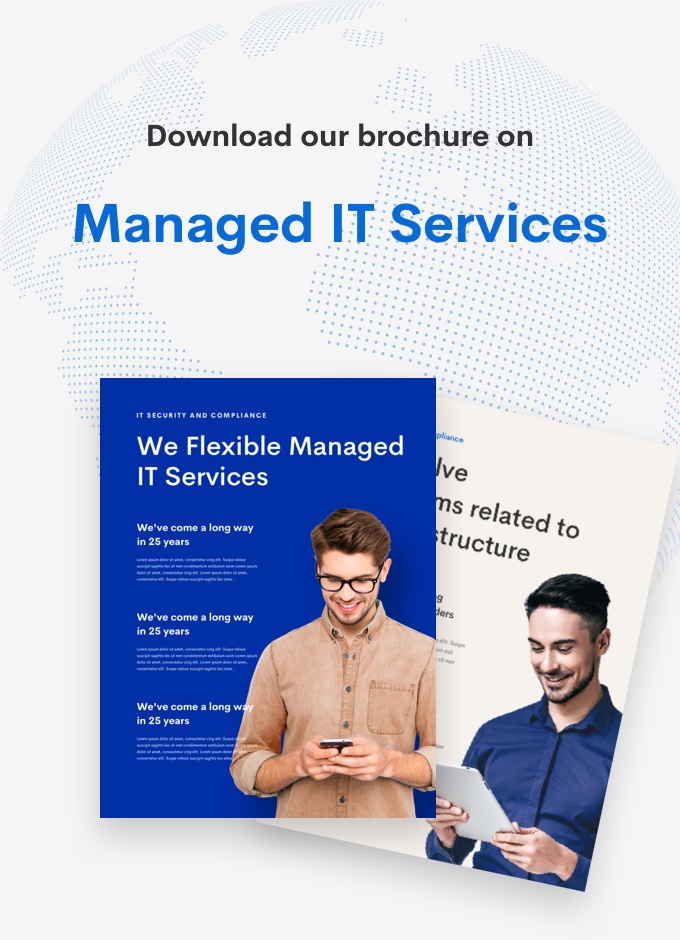How Digital Learning Services Are Bridging the Gap Between Theory and Practice

How Digital Learning Services Are Bridging the Gap Between Theory and Practice
The world of education is undergoing a thrilling transformation, and digital learning services are leading the charge. No longer just an add-on to traditional teaching methods, these digital tools are revolutionizing how students learn and apply knowledge. They’re not just making learning more engaging; they’re bridging the crucial gap between theory and real-world practice. Curious about how this is happening? Let’s dive into how digital platforms are helping students connect theoretical concepts with practical applications, making learning more dynamic and preparing them for the challenges ahead.
Imagine this: you’re learning about complex concepts in a textbook. It’s informative, but it might feel distant from real life. Now, picture applying those concepts in a digital environment where you can experiment, explore, and see immediate results. This is the magic of digital learning services, and it’s changing the game in education.

Understanding the Gap Between Theory and Practice
In traditional education systems, students often grapple with the disconnect between theoretical concepts taught in the classroom and their application in real-world scenarios. While theoretical knowledge provides a foundation, it can sometimes be challenging for students to see how these concepts translate into practical skills.
Do you know what is the consequence?
This gap can lead to difficulties in applying knowledge effectively, particularly in professional and technical fields where hands-on experience is crucial.
Digital Learning Platforms: Bridging the Gap
Digital learning services are effectively bridging this gap through various innovative approaches. So, here’s how these platforms are facilitating the application of theoretical knowledge in practical scenarios:
1. Interactive Simulations and Virtual Labs
One of the most powerful tools in digital learning is the use of interactive simulations and virtual labs. These platforms provide students with the opportunity to experiment with theoretical concepts in a controlled, virtual environment. For instance:
- Science Simulations: Virtual labs allow students to conduct experiments that would be costly or logistically challenging in a physical lab. Students can manipulate variables, observe outcomes, and draw conclusions, all while applying theoretical knowledge in a simulated setting.
- Engineering Design Simulations: Engineering students can use digital platforms to design and test structures, circuits, or mechanical systems. These simulations help them understand the practical implications of engineering principles and refine their designs based on real-time feedback.
2. Real-World Problem Solving
Digital learning services often incorporate real-world problem-solving into their curricula. This approach helps students apply theoretical knowledge to practical issues they might encounter in their professional lives. Examples include:
- Case Studies: Platforms provide access to detailed case studies where students can analyze and solve problems based on real-world scenarios. For example, business students might work on case studies involving company strategies, financial management, or market analysis.
- Project-Based Learning: Digital tools facilitate project-based learning, where students tackle complex, real-life projects that require applying theoretical concepts. These projects can range from developing a business plan to creating a marketing campaign or designing a software application.
3. Collaborative Learning and Peer Feedback
Digital learning platforms often include collaborative features that allow students to work together on projects and provide feedback to peers. This collaborative approach enhances practical learning by:
- Group Projects: Platforms enable students to collaborate on group projects, simulating real-world team dynamics and problem-solving. Working in groups helps students apply theoretical knowledge in a practical, team-based context.
- Peer Review: Students can review and provide feedback on each other’s work, gaining insights into different approaches and refining their understanding of theoretical concepts.
4. Industry Tools and Software: Get a Taste of the Professional World
Many digital learning services offer access to industry-standard tools and software, giving students hands-on experience with the same technologies used in professional settings. For example:
- Software Engineering: Students can use programming environments, development tools, and version control systems to work on coding projects, bridging the gap between theoretical learning and practical software development.
- Design and Multimedia: Platforms offer access to graphic design, video editing, and animation software, allowing students to apply theoretical principles in creating professional-quality projects.
5. Gamification and Scenario-Based Learning: Learn with Fun
Gamification and scenario-based learning are innovative approaches that make theoretical concepts more engaging and applicable. These methods include:
- Educational Games: Digital learning services often incorporate educational games that challenge students to apply theoretical knowledge in game-based scenarios. For instance, simulations of historical events or business management games allow students to experience and react to various situations.
- Scenario-Based Training: Platforms use scenario-based learning to immerse students in realistic situations where they must apply theoretical concepts to make decisions and solve problems. This approach is common in fields like healthcare, where students might practice diagnostic skills or emergency response in simulated environments.
6. Personalized Learning Paths: Tailor Your Experience
Digital learning services often utilize adaptive learning technologies to create personalized learning paths for students. These personalized experiences ensure that students can engage with content at their own pace and apply theoretical knowledge in ways that match their individual learning needs. Key features include:
- Adaptive Assessments: Platforms use adaptive assessments to gauge students’ understanding and adjust the difficulty of content based on their performance. This personalized approach helps students focus on areas where they need to apply theoretical knowledge more effectively.
- Customized Learning Modules: Digital platforms provide customized learning modules that align with students’ interests and career goals. For example, a student interested in data science might work on projects involving real-world data sets, applying statistical theories in practical ways.
Benefits of Bridging the Theory-Practice Gap
The integration of digital learning services into education brings numerous benefits, including:
- Enhanced Understanding: By applying theoretical concepts in practical scenarios, students gain a deeper understanding of the material and its relevance to real-world situations.
- Increased Engagement: Interactive and immersive learning experiences keep students engaged and motivated, making learning more enjoyable and effective.
- Preparedness for Professional Life: Hands-on experience with industry tools and real-world problem-solving prepares students for the challenges they will face in their careers.
- Skill Development: Practical application of theoretical knowledge helps students develop critical thinking, problem-solving, and technical skills that are essential in today’s job market.

Final thoughts
Digital learning services are revolutionizing education by bridging the gap between theoretical knowledge and practical application. Through interactive simulations, real-world problem-solving, collaborative learning, access to industry tools, gamification, and personalized learning paths, these platforms are providing students with opportunities to apply what they’ve learned in meaningful ways. As technology continues to advance, digital learning will play an increasingly important role in preparing students for success in their academic and professional lives. Embracing these innovations can lead to a more engaged, knowledgeable, and skilled generation of learners ready to tackle the challenges of the future.
Do you want to transform your learning experience? Discover how cutting-edge digital learning solutions of OliveQSol can help bridge the gap between theory and practice. Explore interactive simulations, real-world problem-solving, and personalized learning paths to enhance your educational journey. Visit OliveQSol today and start your path to a more engaged and skilled future!


